#Angkor Archeological Site
Text
The oldest man-made structure in South East Asia, and why you've never heard of it
The Bujang Valley (called Lembah Bujang in Malay), is an area of 224 square kilometres, and is littered with ancient Bhuddist temples. The oldest of these ruins is estimated to be more than 2,500 years old, making it the oldest in SE Asia. It is located in Kedah, a Malaysian state.
For reference, Angkor Wat in Cambodia (the supposed largest religious complex in the world), is 1.6 square kilometres. Angkor Wat's construction took place from 1122-1150.
So why isn't it more well known?
To be clear: I am not a historian with extensive knowledge on the subject, I was just curious when I heard about it, and decided to make this post mostly for my own reference. As a Malaysian myself, I was surprised when I heard about for the first time over dinner a few days ago with my Gramma, who is Kedahan. So, I've made this (non-comprehensive) list based on research and my own opinions.
Time. As with all historical buildings, these temples (called candi- pronounced "chandi") have faced the onslaught of time. Thanks to Malaysia's humid climate, the wooden roofs have rotted through, exposing the rest of the building to weather and insects. Because of this, many written records and scriptures from the period these temples were in use have also been lost.
Development. In 2013, a 1,200 year old temple was destroyed by propertu developers. This candi was the 11th of 17 registered, and was one of the oldest in Kedah, and led to public outrage. The government of Kedah responded by stating they were not in the wrong because the land was privately owned and it had not been gazetted as a site of historical significance. Since then, the Tourism and Heritage Ministry has agreed to 'consider' gazetting it, and has been nominated by Malaysia (and backed by numerous Asian countries) into the UNESCO World Heritage List. This happened in the same year (2013), but still has not made it.
Disorganisation. The museum in Bujang Valley itself is unkempt and disorganised. Relics and artifacts from the numerous candi are also scattered across the Malayan Peninsular, from Muzium Negara (the Nation Museum) to Singaporean museums (as Singapore was once a part of Malaya). Because of this, it must be difficult for scholars to write extensive research; the resources are not readily avaliable.
Funding & Skills. The original archeological dig was lead in part by Western archeologists that have since left the country. Now, Malaysia is not a wealthy country, and to be honest, the government's focus just simply isn't on history. Despite the revenue tourism and outside eyes would bring, the time and cost it would take to restore the candis is not yet seen as "worth it". Thankfully, the government announced in 2017 that they would do more research and preserve Bunjang Valley's incredible historical significance. However, with the recent political climate (3 elections in as many years, as well as the imprisonment of a former Prime Minister) as well as storms and flooding throughout Peninsular Malaysia, it is not surprising that not much progress has been made. Currently, local graduate archeology students are the ones spending the most time at the different sites across Lembah Bujang, uncovering and organising new relics such as stone caskets, ceramics, ornaments and Hindu icons.
Location. There is evidence from "resting" ships buried under the earth, and records from elsewhere in Kedah, that the region was once a bustling port. The reason for this is simple: an abundance of iron. Gunung Jerai (Mount Jerai) is rich in haematite and magnetite. The ore was then smelted and traded at these ports for weapons, chariots, and armour, which explains the wealth uncovered within the temples. However, this is no longer the case. With the aforementioned "resting" ships, alongside the fact that this area is no longer as rich as it once was, it won't have escaped your notice that something happened to change the economic and geographical landscape of Lembah Bujang. This factor was falling sea levels. The ports dried up, and such trading was no longer convinient for sea-farers.
And that's all I have the time to write right now. I'm not sure how many people will see this, so if you did, I hope it was an interesting read! With that being said, this was just the culmination of a couple days research, and is not an academic paper. If you have any more knowledge on Bujang Valley and its temples, please share! I'd love to hear more insight on the topic :)
4 notes
·
View notes
Text
Top 10 Places in Asia You Really Must See
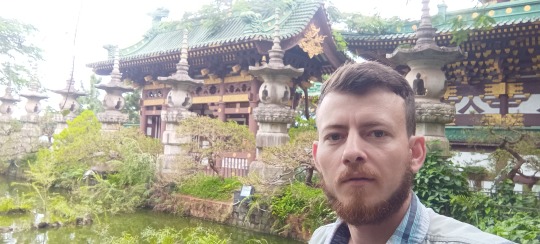
Top 10 Places in Asia You Really Must See: An Eastern Wonderland Tour
Asia, with its wide variety of cultures, food, and landscapes, is the biggest and most populous continent in the world. It is endowed with enormous natural beauty and a thousands-year cultural legacy. It is a fascinating combination of antique temples and modern towns, immaculate beaches and snow-capped mountains, all waiting to be discovered by curious tourists. I have had the good fortune to go to the majority of the amazing places on the seemingly endless list of places to see in Asia. These are my top ten Asian destinations that will not only provide you with an amazing experience but also lifelong memories.

Tokyo, Japan:
Tokyo is a fantasy come true for anyone who like the old and the new, the modern and the traditional. You will be traveling in a single day from the busy streets of Shibuya to the serene temple grounds of Meiji Shrine. Tokyo always manages to make the old fresh and vice versa, regardless of style, which I like.
Harajuku
Wander around Harajuku, the Tokyo neighborhood renowned for its extravagant and unconventional clothes.
Bali, Indonesia:
The Island of the Gods, or Bali, Indonesia, is a beach lover's and surfers' dream come true. A spiritually satisfying encounter is also guaranteed by lush rice paddy landscapes and a complex cultural scenario. With its stunning landscape and kind locals, particularly for those who are spiritual, I can see why people like Bali.
Tanah Lot Temple
See Tanah Lot temple at dusk.
Kyoto, Japan:
More than 2,000 temples and shrines, including the well-known Fushimi Inari Taisha and Kinkaku-ji, are found in Kyoto, a city rich in history and custom. Its gardens and streets are for anyone who want to fully experience traditional Japan. Kyoto seems to be a time machine in which a piece of Japanese history is hidden around every corner.
Philosopher's Path
I advise you to enjoy this city slowly and to take a classic springtime stroll down the Philosopher's Path to observe the magnificent cherry blossoms.
Seoul, South Korea:
The capital of South Korea, Seoul, is created by fusing cutting-edge ultramodern landscape and architecture with historically significant landmarks. It is a city of contradictions, where the past and the future coexist.
Attractions
Arrange to see a temple, a historical palace, a gay area in the city, or the futuristic skyline.
Atmosphere
The busyness, the lively nightlife, and the wonderful aroma of all the street food are what I enjoy about Seoul.
Gyeongbokgung Palace
Do attend the guard change ceremony with the marching band of Gyeongbokgung Palace.
Angkor Wat, Cambodia:
The biggest religious structure in the world and a UNESCO World Heritage site, Angkor Wat, Cambodia, is the finest archeological site I have ever visited. From Angkor Wat to Bayon and via a plethora of historic temples and ruins, visitors may see the remnants of the old Khmer Empire.
Architecture
The size and variety of old buildings, which represent the Khmers' skill in art and design, astound me.
Sunrise at Angkor Wat
See Angkor Wat silhouetted against a golden sky by going at dawn.
Varanasi, India:
Situated on the banks of the Ganges River, Varanasi is one of the oldest continuously inhabited towns in the world and a well-known Hindu pilgrimage destination. It is known for its ghats, temples and profound spiritual atmosphere.
Sensory Experience
Varanasi is one of my favorite places to visit as, in my experience, it challenges your senses and immerses you in a deeply rooted culture.
Ganga Aarti
My one piece of advise is to see the Ganga Aarti, one of the most magnificent events, by taking an early morning boat trip on the Ganges.
Singapore:
This master work of urban planning and architecture is very fascinating. One city state is Singapore.
Attractions
Garden by the Bay, Marina Bay Sands, ArtScience Museum, etc.
Blend of Experiences
Singapore is my favorite place as it offers a wonderful blend of business, cuisine, and culture.
Urban Meets Nature
Singapore speaks about the urban, hence it also talks about environment. It's the only one and extremely crucial one. The developed and natural areas are connected by Singapore. I believe that this is Singapore's accomplishment and indication.
Food Paradise
To Singaporeans, food is very important. Very well mixed is it. Many mouthwatering hawker centres and Michelin-starred restaurants with outstanding cuisine.
Luang Prabang, Laos:
Nestled in the highlands of northern Laos, Luang Prabang is a UNESCO World Heritage site with exquisite Buddhist temples, tranquil natural beauty, and beautifully maintained colonial architecture.
Slow-Paced Charm
Wander the old alleys that round the peninsula, stop by neighborhood markets, enjoy the breathtaking vistas from Mount PhouSi, and stargaze at the Mekong River that flows through the city.
Simple Pleasures
I can seem to breathe in Luang Prabang. At least, my body and mind can slow down to the beat of that place and concentrate on the little pleasures: the delicious fish from the Mekong River, the just squeezed sugar cane, and the soft Laotian language.
Alms-Giving Ceremony
Join in the daily alms-giving custom, when monks wearing saffron robes collect donations from the community at dawn.
Pokhara, Nepal:
This picture-perfect town nestled in the Himalayan foothills is a haven for outdoor enthusiasts and adventurers because to its enticing lakes and scenic surrounds.
Outdoor Activities
There is no shortage of activities, from boating amid emerald lakes to paragliding above Phewa Lake to climbing in the Annapurna area of the Himalayas.
Breathtaking Views
Encircled by breathtaking scenery including snow-capped peaks, immaculate lakes and verdant, lush landscapes, take a morning stroll to Sarangkot, a settlement perched high on a mountain with a stunning view of the Annapurna range.
Hanoi, Vietnam:
If you have an adventurous spirit and are prepared for the unexpected, Hanoi—the lively, energetic, and chaotic capital of Vietnam—will really reward you.
Exploring the City
The Old Quarter and street markets are fascinating to explore, the colonial buildings and monuments are well worth seeing, and the street food culture is unmatched.
Culinary Delights
Its banh mi (sandwiches) and pho (noodle soup), which provide a variety of taste from simple chicken to absolutely orgasmic alternatives, as a friend of mine likes to put them, are two of my favorite dishes.
Hoan Kiem Lake
A further pleasure of mine is the early morning stroll around Hoan Kiem Lake.
With regard to cultural, environmental, and historical richness, these ten amazing Asian locations encapsulate the best of the continent. Having visited several of these locations, they have etched themselves on my spirit. Though travel is personal, I think these places have something to offer everyone. Proceed with a willing heart and mind.
Asia has plenty to suit everyone, whether it is the white-sand beaches of Bali, the Buddhist temples of Kyoto, or the metropolitan streets of Tokyo. A trip that is really fulfilling may be had by going someplace, doing something, and not going intending to have fun. Take in the local way of life, give things a try, and let yourself be taken aback by what you find. Many times, my most amazing encounters in Asia occur when I take the less-traveled route and let myself get completely lost.
But I would hope that anyone who would bother to read this would understand that is about the people you meet, the lessons you learn, and the stories you hear—not about checking things off your list or snapping a picture of the Eiffel Tower to post on Instagram or getting your passport stamped and photographed. Over the last nine years, I have had the great good fortune to travel, mostly around Asia. Many amazing folks have I met. On many occasions, I have been cordially welcomed into the homes of locals and have met a variety of other travelers who I am fortunate enough to still consider friends.
However, I strongly believe that Asia is one of the places in the world that you really should visit at least once in your life, if not more, as this continent of many wonders offers a vast range of cultural legacy that will blow your mind away and change you forever. This is true of both the ancient and modern wonders of Asia. Having traveled to every region of Asia, I can say that if you have always wanted to visit, pack your bags, get your ticket, and experience the wonders of Asia in your lifetime. You won't regret it.
What makes Asia a unique travel destination compared to other continents?
Asia, the largest continent on Earth and the most populated, is a place of quite extraordinary cultural, environmental, and tourist variety. This diversity of people, history, landscapes, and wonders enjoys literally millions of years of civilization and development that offer locals and visitors to the continent a remarkable range of experiences. From ancient temples and pristine beaches to megacities of vibrant nightlife and high-tech leisure activities, Asia is a melange of ancient civilizations and modern life.
FQAs:Top 10 Places in Asia You Really Must See
Q1: How did you select the top 10 places to visit in Asia?
The travel writing mogul has traversed much of Asia, and these are his top 10 picks. Each place is different, yet they all have something in common. Whether it is a place that brims with the bustling culture and modernity of Tokyo or the calm spiritual center of Varansi, these destinations supposedly embody the spirit of the continent. These places made an impression on him, and he thinks they offer something special to all travelers.
Q2: What is the best time of year to visit these Asian destinations?
Great Asian destinations such as Cambodia, Japan, Laos, South Korea, Thailand, and Vietnam have different optimum dates. Depending on the destination, the best time to visit is during the dry season months (November to April) in Southeast Asia (Thailand, Cambodia, and Laos) and the spring season (March to May) in Japan and South Korea. Nevertheless, travelers should check the specific weather events (e.g., typhoons) and the calendar of local festivals before considering their vacations.
Q3: Are these destinations suitable for solo travelers or families with children?
Most of these destinations suit solo travelers, families with children, or both; it all depends on how much effort you’re willing to put in and on your travel style. Tokyo, Singapore, and Seoul are quite family-friendly for international wandering. You could entertain the little ones all day with the right attractions, parks, and free rides on their safe and massive public transport. In a place such as Varanasi or Angkor Wat, it’s difficult with a very young child, especially when you consider the heat, the crowds, the mosquitoes, and the general culture shock. If you like shopping, you probably won’t find much to buy in Unguja (Zanzibar) or Easter Island. My endless quest for scarves and a small-sized t-shirt in the sacred city of Varanasi came up short, for instance.
Q4: What is the most important thing to keep in mind when traveling to these Asian destinations?
The big takeaway for the traveler from these Asian destinations is two-fold: keep your mind open and be ready to have your mind blown. Asia is a continent of contrasts; you’ll find major disparities between the ancient and the modern, the conventional and the progressive, the deeply conservative and the outrageously secular. If you’re respectful of customs, willing to flex, and hungry to explore, then you’ll be more receptive to the local way and will walk away with more than just passport stamps and Instagram.
Travel is not about checking off bucket lists but about making connections—with people, places, and, ultimately, yourself.
Read the full article
0 notes
Text
In today's hospitality news, Raffles Grand Hotel d’Angkor, the iconic luxury heritage hotel on the doorstep of ancient Khmer archeological sites, has introduced an exclusive new Khmer Afternoon Tea to celebrate the female artisans of Angkor. More at https://punchmedia.co.th/2024/03/new-khmer-afternoon-tea/
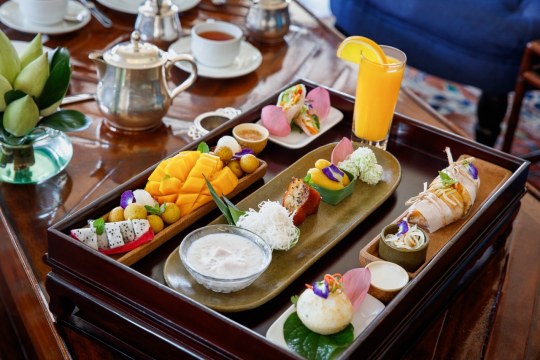
0 notes
Text
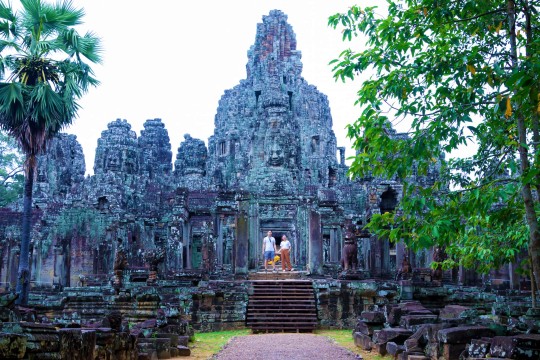
The world-famous UNESCO World Heritage Site of Angkor Archaeological Park in Cambodia draws crowds from around the world. Opt for a personalized experience of the landmark on a small-group tour from Siem Reap—a hassle-free way to explore the archeological site.
Best Travel Choice for Angkor Temple Day Tour here : https://www.aboutcambodiatravel.com/top-tours/Day-Tours.html
Top Choice for Siem Reap multi day tour here : https://www.aboutcambodiatravel.com/top-tours/Siem-Reap-Tours.html Best Choice for Phnom Penh day tour here : https://www.aboutcambodiatravel.com/top-tours/Phnom-Penh-Tours.html
1 note
·
View note
Text
Keeping the Angkor experience and spirit

A shout out to the modern heroes of Angkor: the 500 person crew that maintains, operates and restore this world cultural heritage on behalf of us all.
That includes famous sites like Angkor Thom, Bayon, Ta Phrom, Angkor Wat and Pre Rup, where I met this jolly group. With the Angkor Archeological Park being over 400 square kilometers big and containing well over 1000 small and larger temples, shrines and buildings, it is a monumental task.
Pun intended.
Preparing for millions
The Apsara (Authority for the Protection of the Site and Management of the Region of Angkor) is the organisation established to run this task. You meet them first at the Angkor ticket office, but that is only one of the 15 departments.
First time I visited, the ticket office was a schack in the middle of nowhere. Now the main ticket office is a stately building with all the facilities needed to cater to thousands of tourists a day. And the old main office serve a secondary function with a large parking lot ready for busloads of visitors ready for ticket control. Beside a wide, modern main road into the moats surrounding Angkor Wat.
During the last few years during the pandemic and aftermath, the tourism of course has been down to nearly none. But the Apsara Crew has been keeping up the work of maintenance and restoration, preparing for more visitors to the Kingdom of Wonder.
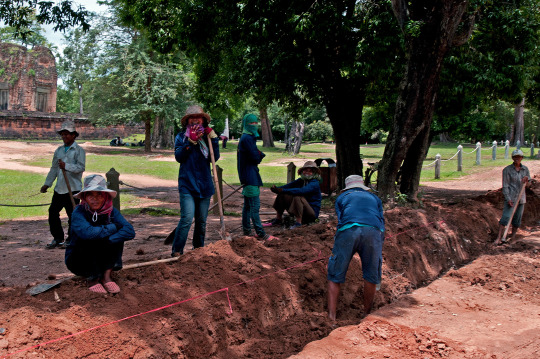
#angkor#worldculturalheritage#apsaraauthority#maintenance#staff#2011CE#roadwork#watercontrol#smile#laugh#funatwork#peopleliving#architecture#art#cambodia#2011ce#buddhism
0 notes
Text
See Vietnam's Ancient Angkor Wat Hindu Temples At "My Son"
See Vietnam’s Ancient Angkor Wat Hindu Temples At “My Son”
My Son is considered the most important archeological site in Vietnam with many ancient Hindu temples being claimed by the jungle.
Shutterstock
My Son (or better spelled “Mỹ Sơn”) is a group of abandoned and ruined Hindu temples in the center of Vietnam. They were built between the 4th and the 14th century and are today listed as a World Heritage Site. They are located close to the major…
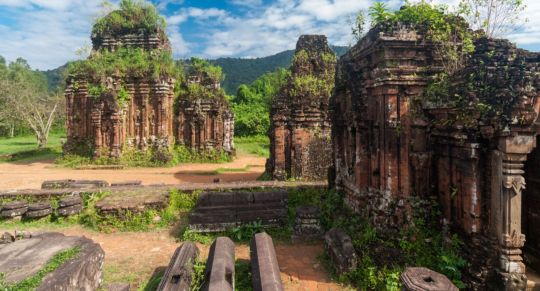
View On WordPress
0 notes
Photo

Common heritage framed by trees It is an anniversary: Framed by trees and jungle, the Sâmbor Prey Kŭh temples of pre-Angkor Chenla kingdom was added to our common World Cultural Heritage list. It happened on 8th of July 2017, five years ago when this is written. I actually visited this site the year before this admittance. Sâmbor Prey Kŭh is a collection of temples in three main groups. The oldest is from early 6th Century CE. The youngest from early 9th. They were built as hinduist temples by the Chenla kings. The Chenla/Zhenla kingdom was the last pre-Angkor khmer kingdom. They were built in the same era as the My Sõn temples of Champa kingdom in Central Viet Nam. There are some similar features, probably because the extended trading and wars between the two kingdoms resulted in some heavy cultural exchanges. The area was abandoned when a new royal dynasty established the first khmer capital in Hariharalaya, in the modern day Rolous town area centered around Preah Ko, Lolei and Bakong temples. This is Southeast of todays Siem Reap City, and more famous Angkor Thom and Angkor Wat. https://en.m.wikipedia.org/wiki/Sambor_Prei_Kuk #worldculturalheritage #humanity #onerace #sharedworld #multicultural #archive #2016 #sharedresponsibility #history #culture #chenla #preangkor #templecomplex #architecturelovers #archeology #tree #jungle (at ប្រាសាទសំបូរព្រៃគុហ៏ Prasat Sombo Preykuh) https://www.instagram.com/p/CfvPwJWPB46/?igshid=NGJjMDIxMWI=
#worldculturalheritage#humanity#onerace#sharedworld#multicultural#archive#2016#sharedresponsibility#history#culture#chenla#preangkor#templecomplex#architecturelovers#archeology#tree#jungle
0 notes
Photo
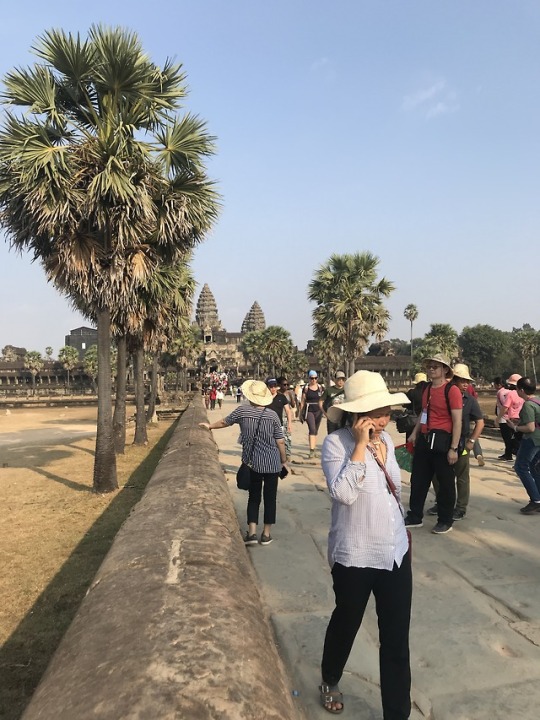
busy busy
#humanity#humanlife#people#streetstyle#streetstorytelling#streetstories#cambodia#cambodge#khmer#angkortemples#angkor archeological site#angkorwat#angkor#tourist#tourism#hat#sunlife#architecturephotography#bluesky#nature#naturepix
1 note
·
View note
Photo

Angkor the land of Khmers by yiannisChatzitheodorou
2 notes
·
View notes
Photo

Soaking up in history
1 note
·
View note
Photo
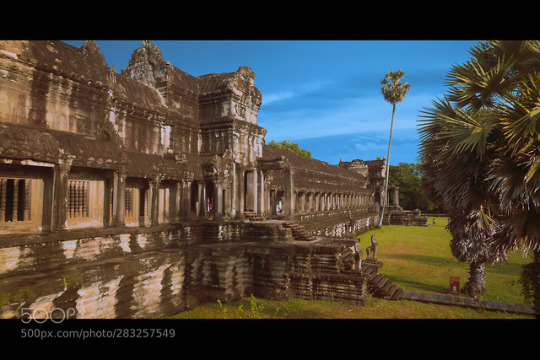
Angkor the land of Khmers by yiannisChatzitheodorou
1 note
·
View note
Photo
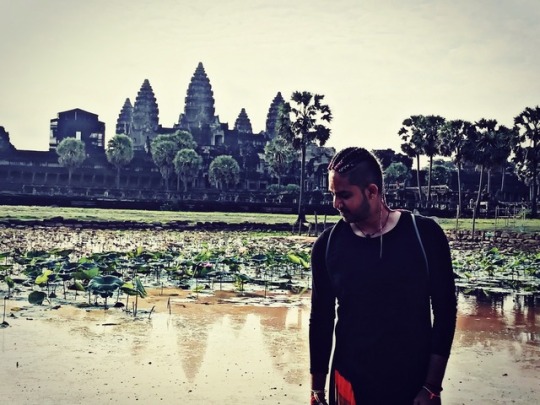
🙏
#cambodia#cambodja#siemreap#angkor wat#angkorwat#angkortemples#angkorthom#angkor archeological site#traveling#travel#temples#temple#2018#spirituality
1 note
·
View note
Text

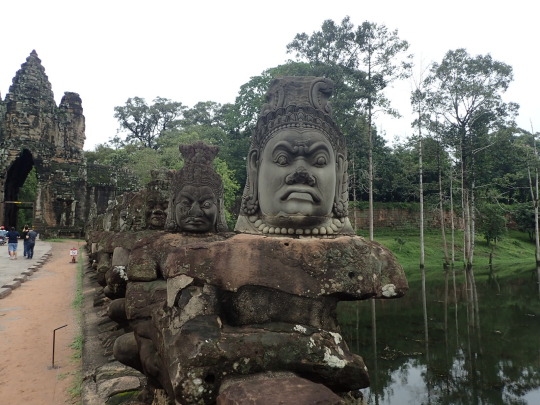
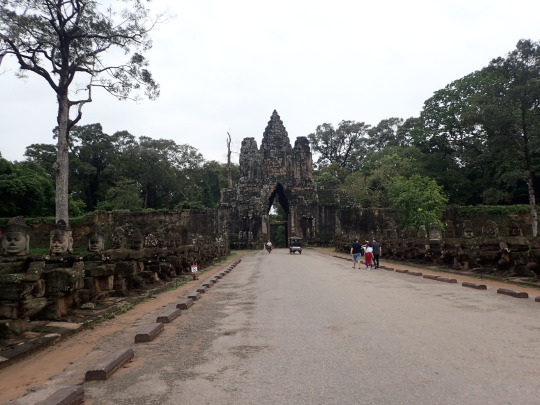
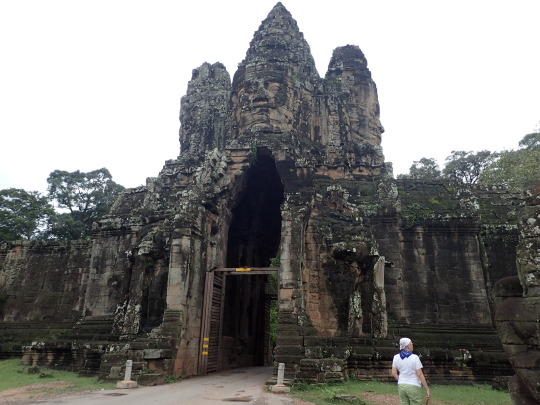
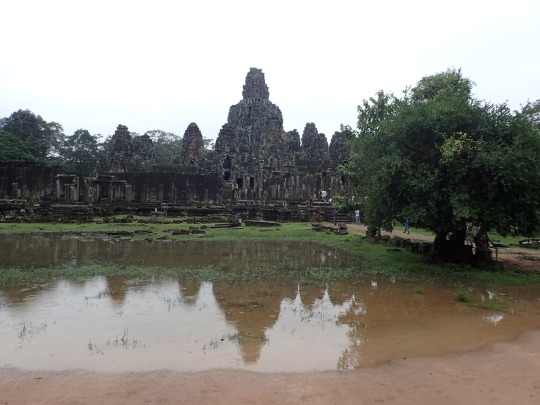
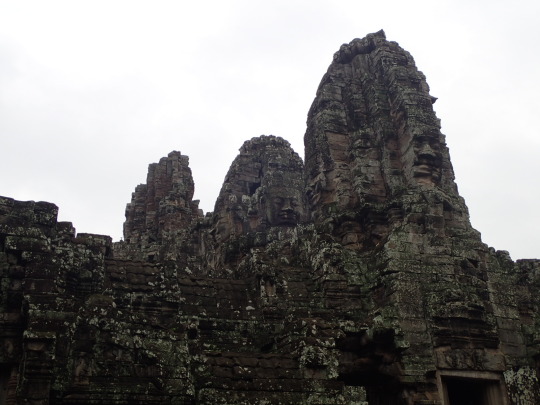
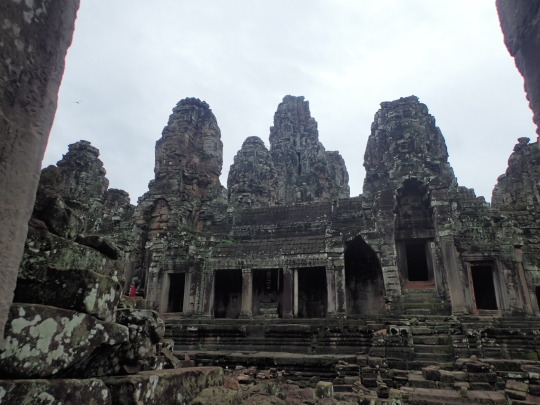
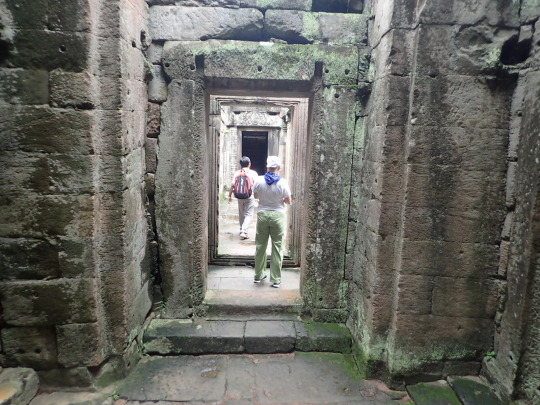

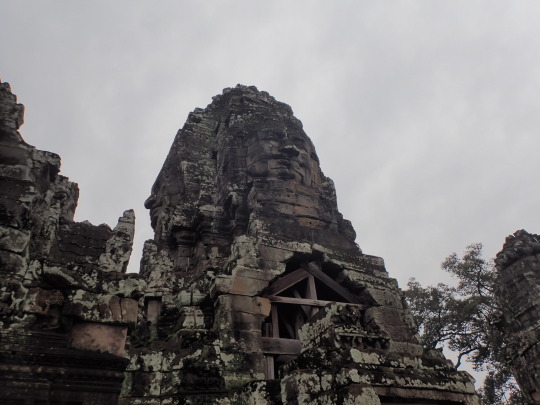
@kumimonster
4 notes
·
View notes
Photo

In today's hospitality news, Raffles Grand Hotel d’Angkor, the iconic 90-year-old luxury hotel on the doorstep of the ancient Khmer archeological sites of Angkor, has appointed Joseph Colina, an experienced hotelier as its new General Manager. More at https://punchmedia.co.th/2023/01/experienced-international-hotelier/ https://www.instagram.com/p/CnyeZQdNFwG/?igshid=NGJjMDIxMWI=
0 notes
Text
So today we drove about 1hr north of Tulum to the Mayan ruins at Coba. This is a major archeological site, much bigger than the one in Tulum. The city used to house 55,000 people and covered an area of about 50 sq kms. Today, it is completely covered by jungle. Really reminded us of the temples in Angkor, with trees growing on top of and within the ruins. We got there around 9:00am and there were very few people around, which was great.
1 note
·
View note
Link
Explore Cambodia 10 Days Tours is highlight of Cambodia tourists attractions to explore the amazing of the Khmer culture and civilization as the world heritage site of UNESCO and the tours start from the capital city of Cambodia at Phnom Penh to visit Royal Palace and Toul Sleng Genocide Museum and then continue the trip to Mekong Delta to visit the unique fresh water dolphins and stay at lovely place at Koh Trong Island at Mekong River and continue to center of Cambodia at Kampong Thom to visit the pre Angkor Temple at Sambor Prei Kuk and then continue to north east of Cambodia close to Thailand border to visit Preah Vihear temple on the top of mountain before to explore the Angkor Archeological Site at Siem Reap and watch sunrise at Angkor Wat temple and take boat trip to visit daily life of people at Floating village of Tonle Sap lake, it is the largest fresh water lake in South East Asia. https://www.aboutcambodiatravel.com/Package-tours/Explore-Cambodia-10-Days-Tours.html
1 note
·
View note